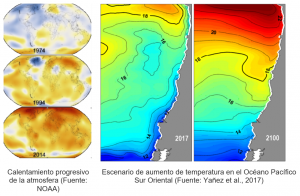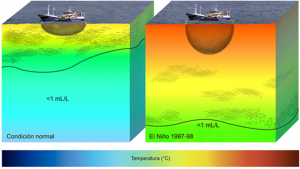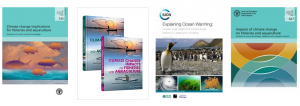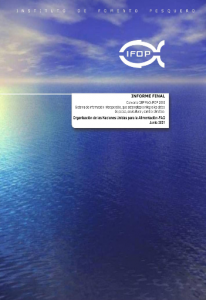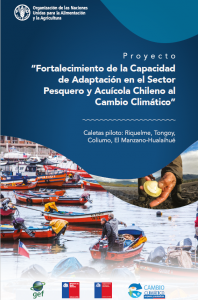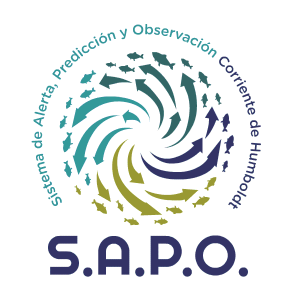Alert, Prediction and Observation System (S.A.P.O.)
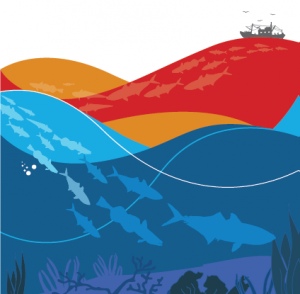 Climate change, driven by the exponential increase in CO2 in the atmosphere and the rise in temperature in the Atmosphere-Land-Ocean system(Roemmich et al., 2015), it is a scientifically documented process that is altering the natural patterns of variability of ecosystems (Laffoley & Baxter, 2016) and increasing uncertainty about the sustainability and availability of fishery resources as well as global food security.
Climate change, driven by the exponential increase in CO2 in the atmosphere and the rise in temperature in the Atmosphere-Land-Ocean system(Roemmich et al., 2015), it is a scientifically documented process that is altering the natural patterns of variability of ecosystems (Laffoley & Baxter, 2016) and increasing uncertainty about the sustainability and availability of fishery resources as well as global food security.
Scientific evidence has shown the increase in temperature in the atmosphere and ocean (Falvey & Garreaud, 2009), the change in the patterns of rainfall intensity, wind and surface currents, and therefore in coastal transport and upwelling (Bakun et al., 2010; Gutiérrez et al., 2011), the increase in the intensity and frequency of El Niño ( Cai et al., 2014; Cai et al., 2018) as well as an increase in abnormal storm surges(Campos Caba, 2016).
At the same time there is evidence of rising sea levels. (Levitus et al., 2012), increased freshwater inputs from global ice melting, combined with persistent droughts and the shifting of frontal zones, and the expansion of zones of minimum oxygen concentration (Paulmier & Ruiz-Pino, 2009), among others. These changes have manifested themselves gradually but cumulatively, albeit with a greater frequency of extreme weather events. These environmental changes are modifying ecosystems and the habitats of the organisms that comprise them, generating adaptation, replacement, mortality, and population displacement. (Cochrane et al., 2012; Yáñez et al., 2017; Barange et al., 2018).
Changes in anchovy habitat in northern Chile during El Niño in 1997/98. ENSO events have become more intense and frequent.
From the perspective of fisheries and aquaculture, a threat to the sustainability of extractive activities and the ecosystems suitable for aquaculture, and therefore to global food security, is becoming evident. The risk or vulnerability of these activities to environmental change is shaking political and administrative structures that relied on the relative stability of the climate and ecosystems. Within this context, FAO reports (Renato A. Quiñones et al., 2011; Cochrane et al., 2012; Barange et al., 2018) and the National Fisheries and Aquaculture climate change adaptation plan show the potential effects of this process(PACC, 2015), while sectoral projects are incipiently taking charge of information gathering and scientific research into the local effects of climate change.
In this context, the IFOP is developing the project “Interoperable Information System, which systematizes and integrates data on fisheries, aquaculture, and climate change.” (FAO, 2017; Subpesca, 2017), whose objective is to make available scientific quality data and public information for medium and long-term decision-making. LINK: Researchgate e IFOP
This effort is part of a series of initiatives associated with the national project “Strengthening the Adaptive Capacity of the Chilean Fisheries and Aquaculture Sector to Climate Change”, mandated by the Undersecretariat of Fisheries and Aquaculture (SUBPESCA) (SSPA) and the Ministry of the Environment (MMA) and implemented by a series of public and private institutions through the Food and Agriculture Organization of the United Nations (FAO). Link: SUBPESCA
The main result of the IFOP-led project is a functional technological tool (this website and its app) that provides free public synoptic and climatic information to support decision-making related to national fisheries and the ecosystems where aquaculture is carried out (S.A.P.O. Chile). This information is available to everyone, from fishermen who use it in their daily activities to sectoral authorities who make medium- and long-term decisions.
Explorers from the Atom to the Cosmos: New Technologies for Monitoring the Ocean and Climate Change (Reduce size). Broadcast on Wednesday, September 1st, on TVN Chile’s 24 Horas channel.
This tool incorporated the collaboration of a network of amateur meteorologists and professionals from different fields who maintain a network of automatic meteorological stations (EMAs) in Chile (RedMeteo.cl), which together with those of IFOP total more than 80 stations online.
The potential of the information provided by SAPO Chile and its coverage (from Ecuador to Antarctica) has allowed it to be the national component of the SAPO Multinational Early Warning, Prediction, and Observation System for the Eastern South Pacific, built with contributions from the Fisheries Institutes of Ecuador (INIAP), Peru (IMARPE), and Chile (IFOP) under the coordination of the Environmental Defense Fund (EDF).
The presentation of this technological and scientific tool to support sectoral decision-makers in the three countries took place at the UN Conference on the Oceans in Lisbon, Portugal, from June 27 to July 1, 2022.
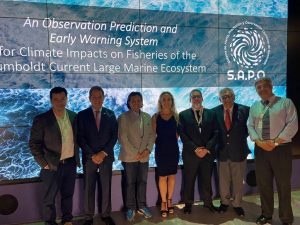 |
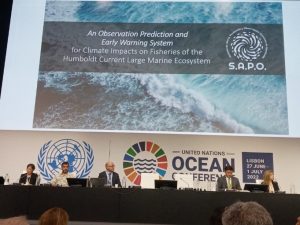 |
